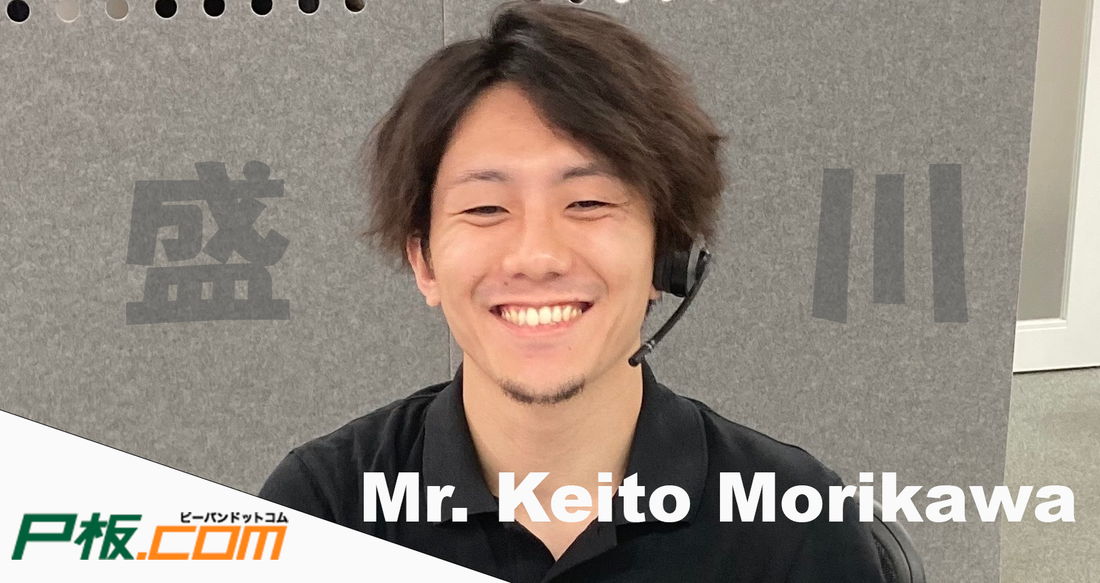
Behind the Boards: An Interview with PCBFlash's File Checking Expert
Share
At PCBFlash, we’re proud to partner with P-Ban.com—Japan’s #1 PCB service provider. Recently, we had the opportunity to speak with Mr. Morikawa, a member of P-Ban’s quality assurance team, to learn more about the principles and practices behind their consistently high standards.
In this interview, Mr. Morikawa shares his perspective on data accuracy, cultural values in manufacturing, and how Japanese attention to detail continues to shape the future of PCB production.
1. What do you consider the most important aspect of a customer’s data when preparing for PCB manufacturing?
Morikawa: The most critical factor is the accuracy of the manufacturing data—and confirming it thoroughly. Even small errors or missing information can result in defects or the need for remanufacturing, which we work hard to avoid.
Rather than making assumptions, we focus on careful, deliberate communication with our customers. Our priority is always to clarify, not guess. This mindset helps us maintain consistent quality throughout the process.
2. What common issues do you see in Gerber or drill data from international clients?
Morikawa: One recurring issue is ambiguous layer naming. Files are often named things like "layer1.gbr" or "file1.gbr", which makes it unclear which layer is which. This confusion increases the risk of serious production mistakes—such as mixing up a copper layer with a silk screen or solder mask.
Clear, standardized layer names go a long way in preventing misunderstandings and ensuring a smoother production process.
3. What values or habits in Japanese manufacturing culture influence how you work day to day?
Morikawa: I’d say the core influence is a “quality first” mindset. In Japanese manufacturing, there’s a widespread belief that quality is not something you inspect at the end—it’s something built into every step of the process.
In my daily work, I try to prevent rework by reviewing data thoroughly, double-checking submissions, and managing everything with precision. This proactive approach helps us avoid issues before they happen.
4. How do you think the Japanese concept of omotenashi (hospitality) applies to PCB manufacturing and service?
Morikawa: To me, omotenashi is about caring for the details—even the ones no one else may notice. In PCB manufacturing, that means inspecting areas that are often overlooked, such as overlapping silk screen elements or burrs at the board edges. These may not be visible at first glance, but they affect the final quality of the product.
We also apply the same careful approach to customer communication and documentation. For example, when preparing files or reports for customers, we prioritize clarity and readability. It’s our way of showing respect for the user’s time and trust.
5. Where do you think Japanese PCB manufacturing is headed in the next 5–10 years?
Morikawa: I believe we’ll see a shift toward high value-added products. Competing on price alone is becoming increasingly difficult, especially with manufacturers in China and Southeast Asia.
Japan’s strength will be in areas that demand technical sophistication—such as high-density, multilayer, high-frequency, and flexible PCBs. These require not just expertise, but also a commitment to quality at every stage.
Sustainability and environmental responsibility will also grow in importance. Manufacturing practices will need to evolve to meet new expectations in these areas.
We’re grateful to Mr. Morikawa and the team at P-Ban for sharing their insights and approach. Their dedication to detail and customer care plays a key role in the service PCBFlash is proud to offer our North American clients.
Ready to Send Us Your Files?
If you’re preparing a custom PCB order, we’d be happy to review your data and help guide the process. Upload your files here, and our team will take a close look to ensure everything is in place for a smooth and accurate production run.
